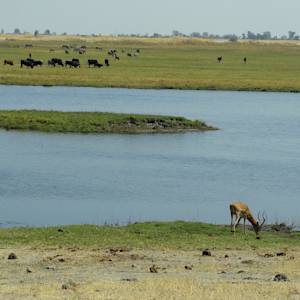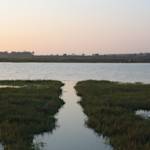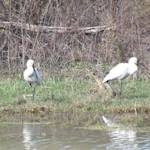Scottish Peatland
2023 CE • Scottland
"Peatlands, also known as bogs, are created when the remains of plants are submerged in waterlogged lands, turning them over time into peat with the plants' carbon still stored inside . . . Scotland has a particularly high coverage, with bogs amounting to 20% of it's of land (roughly 1.7 million hectares) mainly in its lesser-populated north and western islands . . . However the Scottish government estimates that roughly a third of the country's total — roughly 600,000 hectares — have been degraded. Scotland's peatlands, created mostly in areas left water-logged from the melting of Ice Age glaciers, lay untouched for thousands of years until farmers began to drain the land, building ditches so the water would run downhill into rivers. While such ditches date back to Roman times in parts of Britain, their building intensified in Scotland in the 1950s with the advent of new machinery and government grants aimed at improving grazing . . . Without the bogs' acidic water there to preserve them, the dead plants in the peat start to degrade, releasing their carbon into the atmosphere as carbon dioxide. The degradation is sped up by the sun and wind they are exposed to without their water coverage."
Joe Lo, "Restoring Scotland's peatlands," Deutsche Welle, October 31, 2019.
Image: Kreuzschnabel, CC BY-SA 3.0, via Wikimedia Commons


Learn about Maya Lin’s fifth and final memorial: a multi-platform science based artwork that presents an ecological history of our world - past, present, and future.

Discover ecological histories and stories of former abundance, loss, and recovery on the map of memory.

Learn how we can reduce our emissions and protect and restore species and habitats – around the world.

See how art can help us rethink the problems we face, and give us hope that each one of us can make a difference.

Help make a global memorial something personal and close to home. Share your stories of the natural world.


